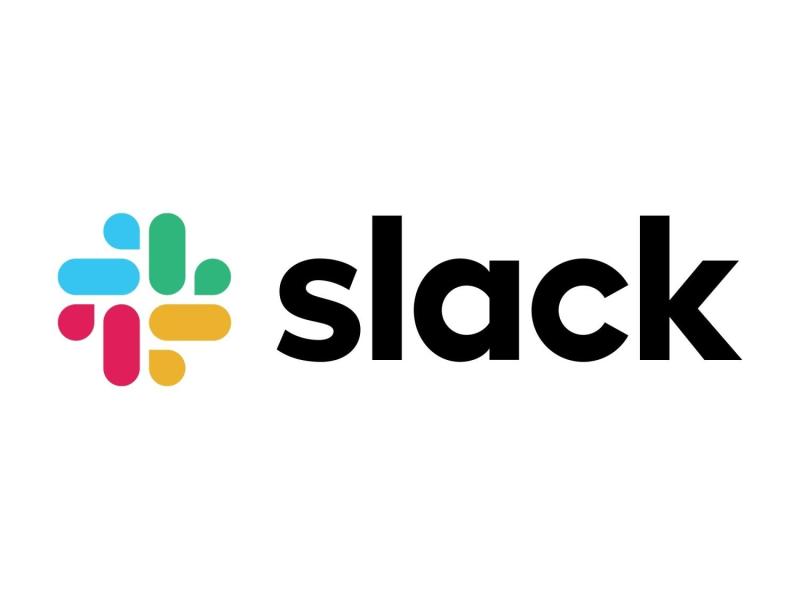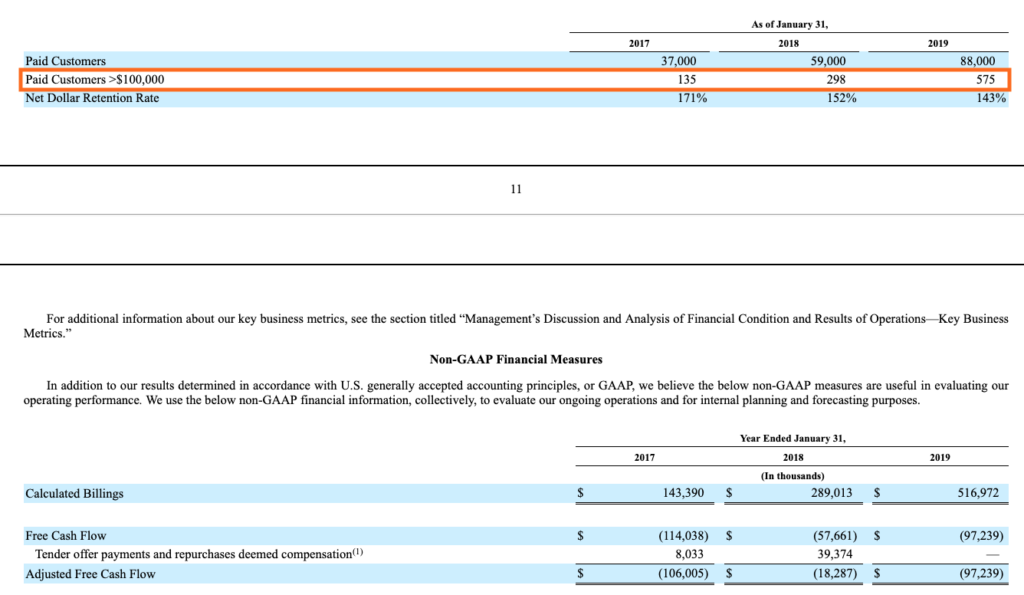Slack has more than 600,000 customers worldwide, but it only makes money from a fraction of them.
The San Francisco-based workplace communication startup revealed some of its financial information Friday, ahead of its direct listing on the New York Stock Exchange expected later this summer. While still unprofitable, Slack posted more than $400 million in revenue last year, up 82 percent from $220.5 million the year before. Only 15 percent of its customers paid for the service. Of those paying customers, 575 clients paid more than $100,000 each for their Slack subscriptions. That means less than 0.1 percent of Slack's total customer base accounted for 40 percent of the company's revenue, according to its offering prospectus.
Slack S1

While those numbers might look like a company overly dependent on too few customers, some tech analysts see a unicorn on what is likely to be a predictable path to profitability.
Χρησιμοποιώ το Slack's Real Time Messaging API για να παρακολουθώ πότε τα μέλη της ομάδας μου συνδέονται ή αποσυνδέονται από το Slack. Χρησιμοποιώντας τα γεγονότα παρουσίας-αλλαγής και. Slack Technologies, Inc. Is an American international software company founded in 2009 in Vancouver, British Columbia, Canada. Its core team is largely drawn from the founders of Ludicorp, the company that created Flickr. Outside its headquarters in San Francisco, California, Slack operates. Run 'reporttiming' to obtain the initial slack (S1). Show this initial slack in your report. Insert a buffer of type BUFX1 into the center of the layout (2500, 5). Run 'routeDesign' to re-route the design. Run 'reporttiming' to obtain a new slack (S2). Did it increase or decrease? Show this slack in your report. Slack is a channel-based messaging platform. With Slack, people can work together more effectively, connect all their software tools and services, and find the information they need to do their bes. Slack has over 600,000 customers, 88,000 of which pay for the software. The typical user spends nine hours connected to Slack and over 90 minutes being active on the platform: Slack S-1.
The metrics show that Slack's business is maturing, says Rishi Jaluria, senior research analyst at D.A. Davidson. 'It's not a ridiculous amount of [customer] concentration, by any stretch,' he adds. 'If anything, I think this speaks to the fact that this is really becoming a proper enterprise software company.'

In other words, Slack is improving its ability to attract larger clients with bigger budgets and tens of thousands of users. Oracle, for example, has been a customer since January 2017, according to Slack's S-1 filing. While it started out with 30,000 users, the software titan now has more than 100,000 employees using Slack. (Oracle employs more than 137,000 people worldwide.)
Like other software-as-a-service businesses, Slack emphasizes how much its customers' spending grows annually--a metric the startup calls 'net dollar retention rate.' Last year, Slack says its net dollar retention rate was 143 percent, meaning subscribers ended up spending 43 percent more than they did at the beginning of the year--a 'pretty healthy' figure for a SaaS, according to Jaluria.
Slack's financials are also notable because of its high gross margins, he adds, a key metric among the crop of unprofitable unicorns hitting the public market. Slack's gross margins are 87 percent, according to its financial disclosures, or more than double that of other tech companies going public this year such as Uber and Lyft, which fall somewhere in the 35 and 40 percent range. 'The path to profitability is a lot easier when you have gross margins that are that high,' notes Jaluria.

For NYU Stern professor Aswath Damodaran, who teaches corporate finance, Slack's small concentration of revenue-generating customers suggests the company could reach economies of scale even faster. 'It doesn't cost you as much to service a big user, on a proportional basis, than it does hundreds of small users,' he says. The key challenge for Slack, however, is to convince these big users to spend even more, he adds. The company is already spending massive amounts of cash--$233 million in 2018, more than half its annual revenue--on sales and marketing to attract new customers.
Slack's strategy follows one of Silicon Valley's more popular mantras: 'grow first, monetize later.' According to its S-1 filing, its 'freemium' service allows for 'rapid and efficient user adoption,' undeterred by friction of payment, which in turn 'helps prospective paid customers realize the value of Slack.' And it's working: Slack has grown its paying subscriber base from 37,000 two years ago to more than 88,000 today.
It is also not the only company using this strategy. For Zoom, another West Coast SaaS unicorn that went public earlier this month, a fraction of its customers account for almost a third of its revenue, according to SEC filings. Unlike Slack, the videoconferencing business is profitable, but it also spends less in research and development and it doesn't break down its total customers. Instead, Zoom says it has 'thousands of customers of all sizes across industry verticals and geographies,' including more than 50,000 paying customers with 10 or more employees. Last year, Zoom collected more than $330.5 million in revenue, with 30 percent coming from 344 accounts.

Slack S1 Filing
Slack is forgoing a traditional initial public offering; instead the company will directly list its existing shares on the market where investor demand -- not underwriting banks -- will determine prices. Slack will start trading under the ticker 'SK' later this summer.
